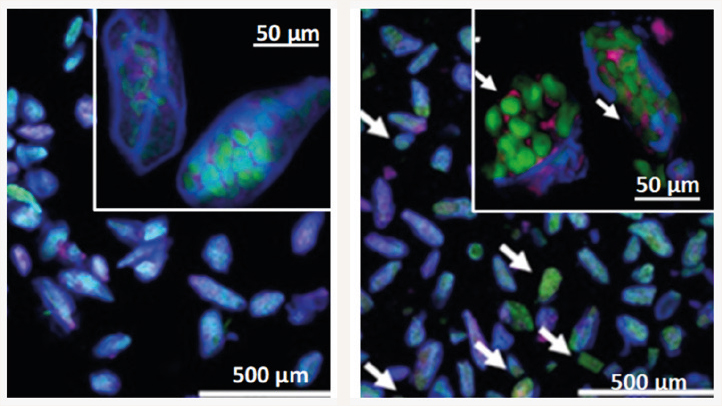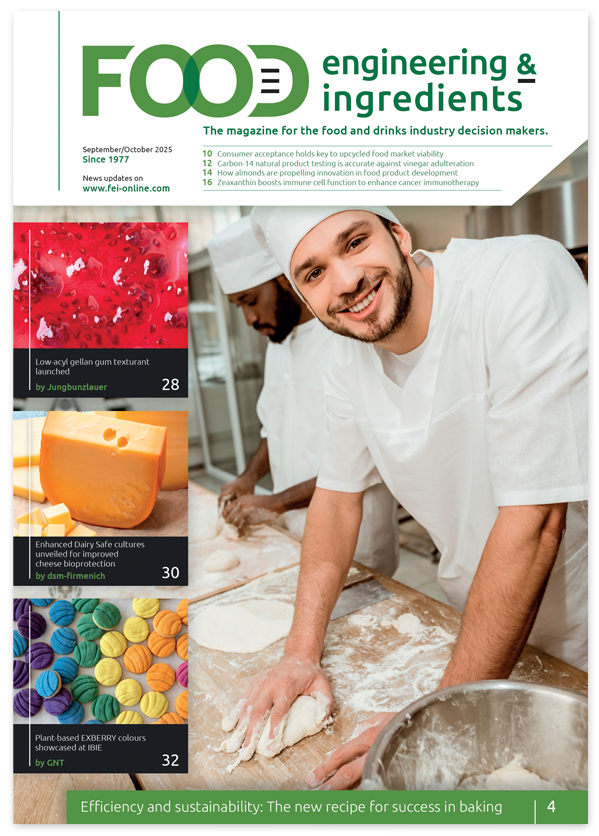New ingredient to replace wheat flour shows improved glycaemic response
Researchers from the Quadram Institute and King’s College London have shown that replacing wheat flour with a new ingredient derived from chickpeas improved the glycaemic response of people eating white bread.
The ingredient uses specially-developed milling and drying processes that preserves cellular structure, making its starch more resistant to digestion. Developing food products that contain more of this resistant starch would help to control blood glucose levels and reduce risk of type 2 diabetes.
Starch from wheat is a major source of dietary carbohydrate, but in bread and many other processed foods it is quickly digested to glucose in the body, causing a large spike in blood glucose levels. There is a large body of evidence that links long-term consumption of foods that provoke high glycaemic responses to the development of type II diabetes. With this condition on the rise, along with obesity and other metabolic disorders, providing foods and ingredients that help consumers better manage blood glucose could help combat these challenges to health.
Many pulses, such as chickpeas, peas, beans and lentils naturally contain high amounts of resistant starch, which is digested slowly and avoids potentially damaging blood glucose spikes. But most of this beneficial resistance is lost, rendering the starch highly digestible, when these crops are milled to flour and processed into a food product.
For this reason, the scientists invented an alternative milling process, which preserves the plant cell wall structures (dietary fibre) that surround the starch. This ‘type 1’ resistant starch is the same as that found in wholefoods, but this new ingredient can be used in a form that potentially allows it to be incorporated into a wider range of foods.
Funding from the Biotechnology and Biological Sciences Research Council (BBSRC), part of UKRI, was used to develop the commercial potential of this novel ingredient, referred to as PulseON, and expands the possibilities for including large amounts of resistant starch in processed foods to improve nutritional quality.
In a new study published in the journal Food Hydrocolloids, the research team shows for the first time that the resistant property of the starch is retained during bread making, and that people who ate bread rolls where some wheat flour was replaced by PulseON had lower blood glucose responses.
Blood glucose responses to the PulseONenriched breads were on average 40% lower than after eating the control breads. All bread rolls contained similar amounts of starch and wheat protein (gluten) per serving, so the different blood glucose responses reflect the carbohydrate quality.
These results raise the possibility of using such foods for improving the dietary management of diabetes, which needs to be evaluated in future studies.
Participants gave the PulseON enriched breads similar scores for texture and taste as the white bread. Quality tests indicated that any effects on bread quality (texture, appearance) were subtle and most noticeable when large amounts of PulseON were used. The sensory properties need to be confirmed with a broader consumer group in a non-clinical setting, but are very encouraging for efforts to produce healthier white bread without adverse effect on product quality.
The technology is patent-protected and the group is looking at commercialization. Previous research from the same group has shown that the same milling process may be applied to other beans, lentils and pulses, resulting in cellular powders high in resistant starch, but with different colours and flavours. The researchers are now exploring ingredient applications in a broader range of food products, and planning further trials involving those with prediabetes and type 2 diabetes.




